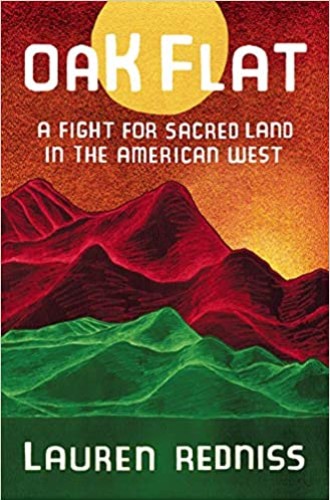Lauren Redniss’s Oak Flat is about the conflict over sacred Apache land in Arizona
It’s also about a conflict within the order of the universe.
This compelling work of visual nonfiction describes the controversy over the potential building of a copper mine on a piece of federally owned land, Oak Flat, that is sacred to the San Carlos Apache people. Lauren Redniss traces the stories of the San Carlos Apache, the Nosie family who belong to that tribe, the nearby Arizona mining town of Superior, the Gorham family of miners who live there, and the history of conflicts over land use between the US government and Indigenous peoples. She supplements her prose with her own beautifully hand-drawn illustrations. Oak Flat plays with space, illustration, and style to challenge what it means to be a book, just as, for many Christians, studying Indigenous cultures challenges our definition of religion.
The most compelling part of the book is the story of the Sunrise Dance, the coming-of-age ceremony for Apache girls, which takes place on Oak Flat. The Sunrise Dance is a “four-day ritual central to Apache community and culture during which a girl who has recently begun menstruating reenacts the Apache creation myth.” Redniss introduces the Sunrise Dance early on and later spends an entire chapter walking through every step of the dance with the women of the Nosie family.
During the dance, the girl “needs to endure the heat, the fatigue, and the hunger without complaint.” The girl transforms into the White Painted Woman from the creation story, gaining “heightened powers.” By attending to the story of the Sunrise Dance, Redniss effectively adds another layer to an already intersectional conflict. Taking Oak Flat away from the Apache is not just an attack on the environment or on Indigenous peoples. Robbing them of their dance is specifically an attack on Indigenous women and girls, proving that environmental, Indigenous, and feminist issues are inherently intersectional.





